Palmetto Bluff Real Estate Company Sales Office
Office Hours
Monday-Friday 9am - 5pm
Saturday 9am - 4pm
Sunday 12 - 4pm
Saturday 9am - 4pm
Sunday 12 - 4pm
If any of the guests relaxing on the screened porch of the Inn’s Cottage 13 wonder about the low, crumbling tabby wall near an old cedar, it is probably only for a moment or two before the spectacular and expansive vista of marshes and Sea Islands captures their attention. Those who know the history of that wall, however, find it as compelling as the view beyond it, the wall is all that remains of the most unusual home ever built at The Bluff.
Sometime around 1790, William McKimmy, a Scottish immigrant and successful cooper (barrel maker) in Charleston, bought 900 acres along the May River. Although McKimmy had been speculating in real estate in and around Charleston for decades, the land at Palmetto Bluff was different from his earlier purchases. It was here that McKimmy found more than just a good addition to his portfolio. At The Bluff he could join the handful of ambitious men who were carving plantations out of the wilderness, and perhaps just as importantly, he could experiment in architectural design. By 1796, McKimmy resided in one of the most extraordinary houses in the United States. Three years later, McKimmy was dead; by the end of the Civil War his house was gone, and it wasn’t long before there were no memories of his unconventional home. It would be up to modern researchers to bring the story of McKimmy’s innovative design to the 21st century visitors and residents of the Bluff.
The first clue that McKimmy’s plantation was different from his neighbors’ was its name: “Octagon Plantation.” The surrounding plantations, like many other plantations in the area, were named for places in Europe such as Montpelier (Montpellier, France) or Tipperary (an Irish county and town), for bucolic settings such as Walnut Grove or Chinquapin Hill, or for the owners such as Stephensville. “Octagon” was not only strikingly different from the pattern, it was a peculiar reference to a geometrical shape whose connection to the plantation was unknown. In fact, although the name “Octagon Plantation” persisted in historical records for two centuries, the reason for the name had disappeared. Or so it seemed.%GALLERY%During a visit to the archives at the Georgia Historical Society in Savannah, Palmetto Bluff’s researchers found two startling bits of information. The first was a plat of McKimmy’s plantation, dated 1798. There on the banks of the May River, exactly where the tabby wall is today, the map showed an octagon with the title “Mr. McKimmy’s house.” The map alone would have been enough to confirm that McKimmy’s house was octagonal, but there was an even more remarkable piece of evidence in the archives. A copy of a letter written in 1796 by Margaret Cowper, a teenage visitor to neighboring Montpelier Plantation, described the house as octagonal with “triangular rooms.” It was suddenly clear that the tabby wall in front of the cottages was, in fact, part of the octagonal foundation of the house. The next step would be for archaeologists to excavate the site.
In 2009 and 2010, archaeological testing uncovered additional walls and revealed that the house was a regular (having equal sides and angles) octagon and that the area of structure was 900 square feet, quite a reasonable size for a bachelor’s plantation home.
The archaeological work, map, description by Margaret Cowper, and the historic use of the name left no doubt that the original house was octagonal in design. What was even more surprising was that the historical records also revealed that McKimmy’s home was probably the first octagonal house constructed in the United States. Thomas Jefferson’s retreat, Poplar Forest, widely considered one of the earliest homes with an octagonal floor plan, was not built until 1806, at least 20 years after McKimmy had constructed his home.
But what did the house look like? The historical and archaeological research provided no details other than the octagonal shape. Fortunately, the Conservancy’s arts intern (now arts coordinator), Dylan Sell, was up for a challenge. Dylan began by investigating the architectural styles and techniques of the late 18th century. Besides spending hours in libraries and archives, Dylan drove all over the Lowcountry, visiting old plantations, taking photographs, and sketching houses and architectural elements. He read and reread the description by Margaret Cowper and even looked at homes in Scotland for an idea of the type of building in which McKimmy might have spent his childhood. The result is the depiction you see at right, a two-story clapboard house overlooking the marsh of the May River. Key features of 18th century Lowcountry houses that Dylan incorporated into his illustration include the Adam-style windows (six panes per sash), elevated first floor (for better air circulation and cooling in warm weather), wide porch and cypress-shingled roof.
As Dylan’s watercolor shows, it is quite possible, that the first octagonal house in the United States, despite its shape, fit perfectly into the Lowcountry cultural landscape of its time. And while octagonal floor plans never became popular in houses in South Carolina, many of the architectural elements that McKimmy may have used are timeless: the wide porches, elevated first floors, clapboard siding and even Adam-style windows. These elements remain features of homes at The Bluff today, and they continue to connect our rich Lowcountry history to creative design, just as in McKimmy’s house over 200 years ago.
Illustrations by: Dylan Sell

Palmetto Bluff’s Moreland Village feels a world away from the more traditional architecture of the iconi...

We are thrilled to introduce the inaugural winners of the Inspiring the Arts Scholarship—three extraordinary young women pursuing their artistic dreams through higher education! Katherine Donahue has been named our first official scholarship recipient, with Em...
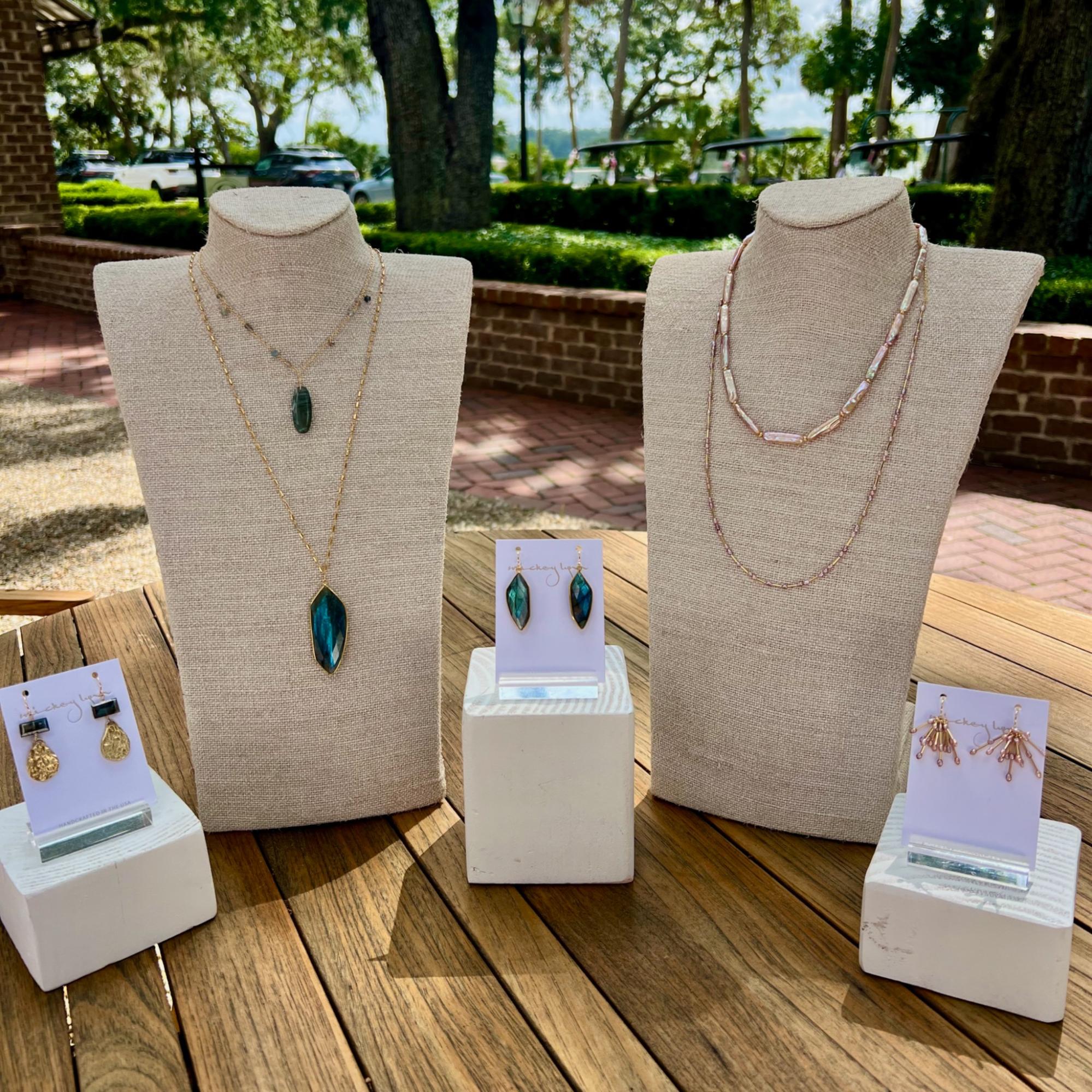
From handmade jewelry to performance wear, the latest arrivals at Palmetto Bluff’s retail spots capture the season in true Lowcountry style. This summer, the Bluff’s shops are full of fresh finds, carefully chosen by our trusted retailers—including FLOW Galler...
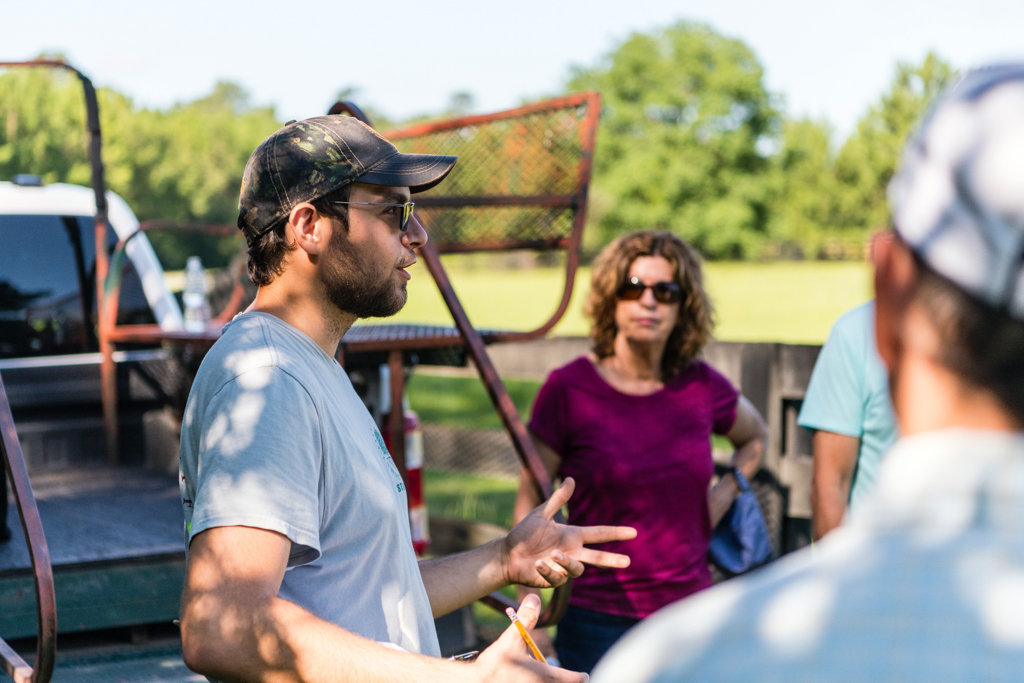
Citizen Science is Thriving at Palmetto BluffDid you know that residents of Palmetto Bluff are playing a vital role in national and global conservation efforts—all from their backyard?Through the Palmetto Bluff Conservancy’s growing Citizen Science programs, c...

In October 2024, Grammy Award-winning musician Clay Ross visited Palmetto Bluff as part of The Arts Initiative's Artist in Residence Program. Through storytelling and song, he explores identity, heritage, and the universal language of sound. By Barry Kaufman ...
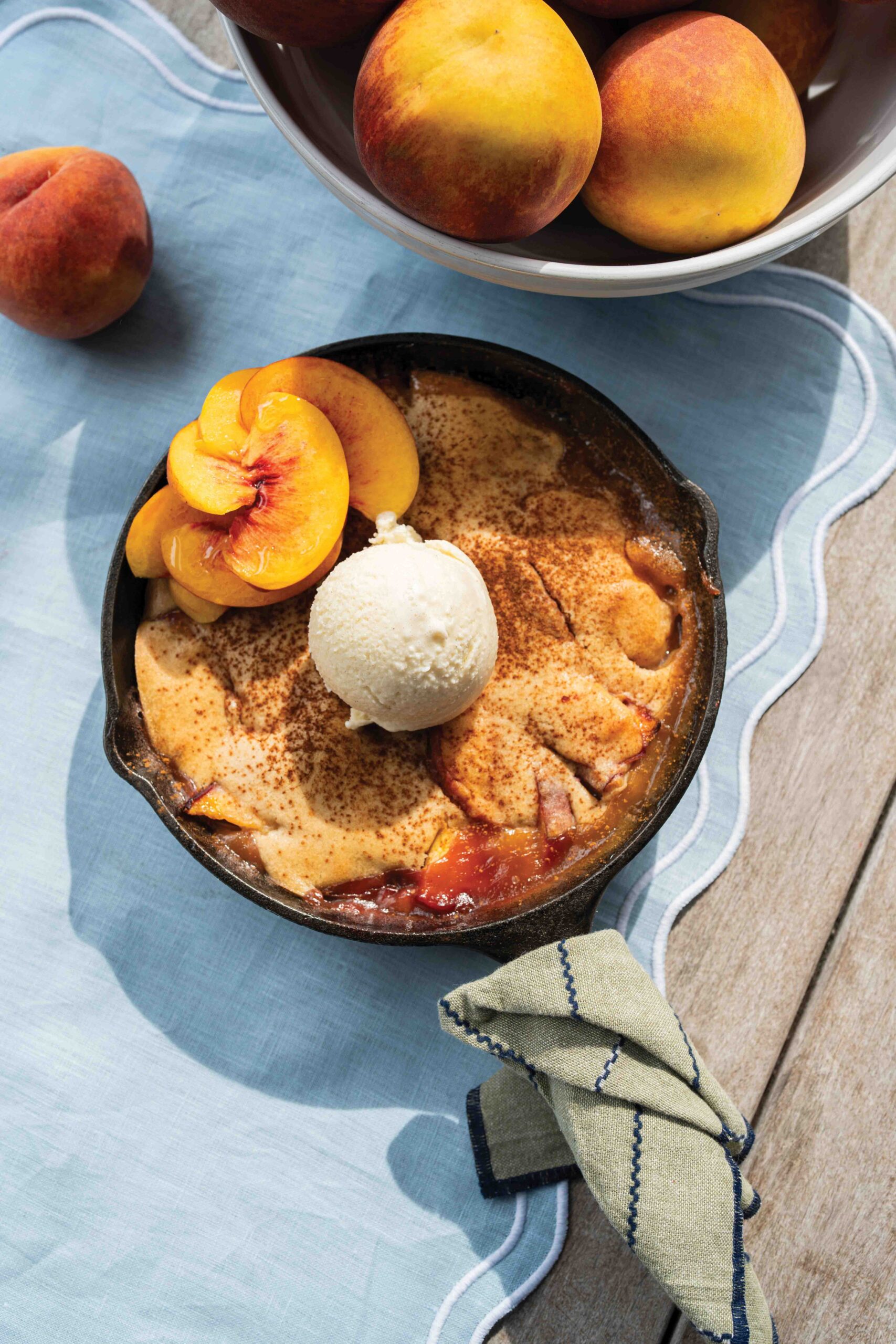
Palmetto Bluff Club Executive Chef Beth Cosgrove and Director of Culinary, Chef Rhy Waddington, Cook Up Four Peachy Recipes for a Summer in the South. Is there anything more iconic than a southern peach? A symbol of summer and Southern heritage, the peach car...
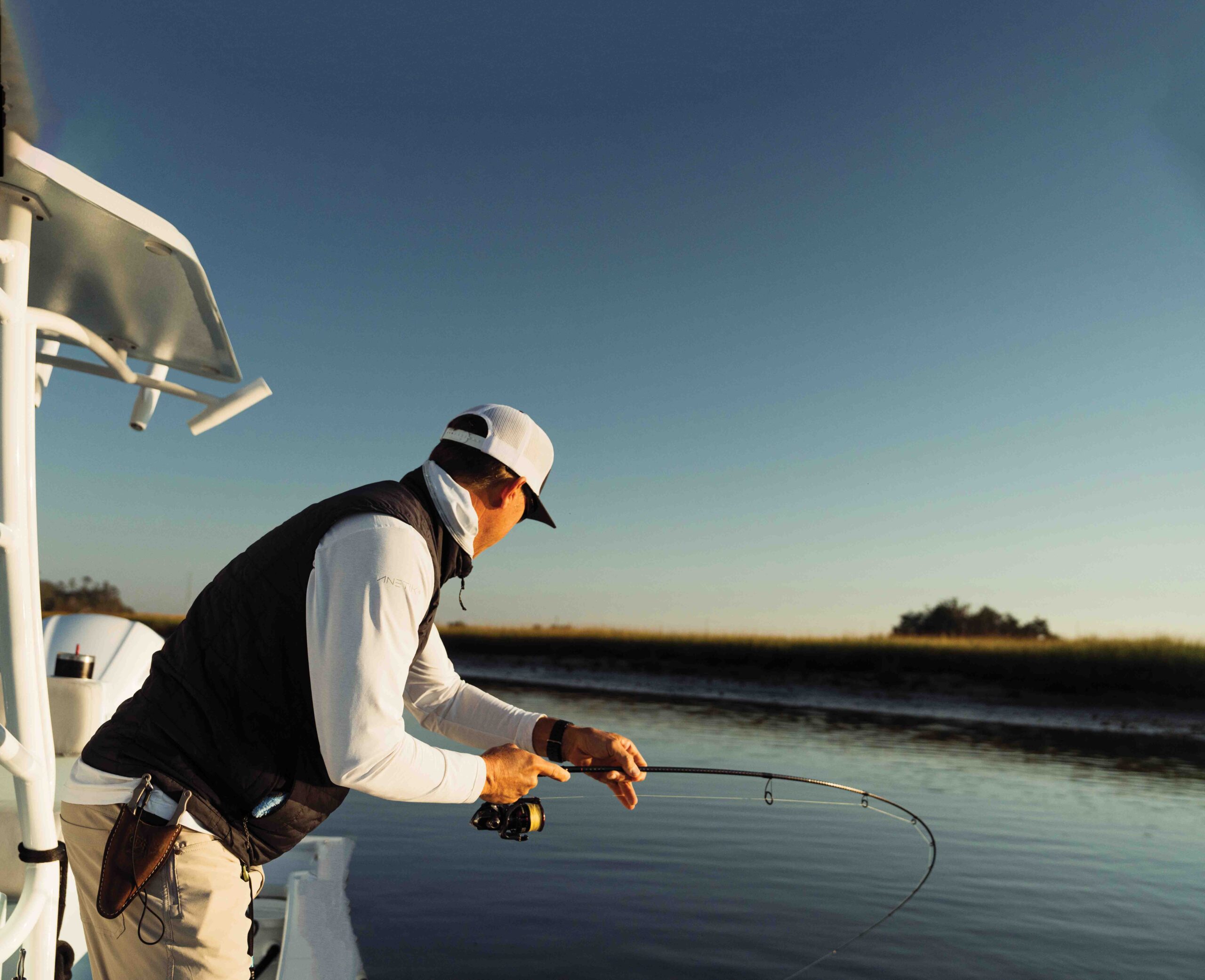
Following the tides and angling for redfish in Lowcountry creeks and estuaries with Captains Brian Vaughn and Will Stephens Story by Sandy Lang It is a sunny morning in October and the water is calm and glassy. The silence is punctuated by a gush of breath f...
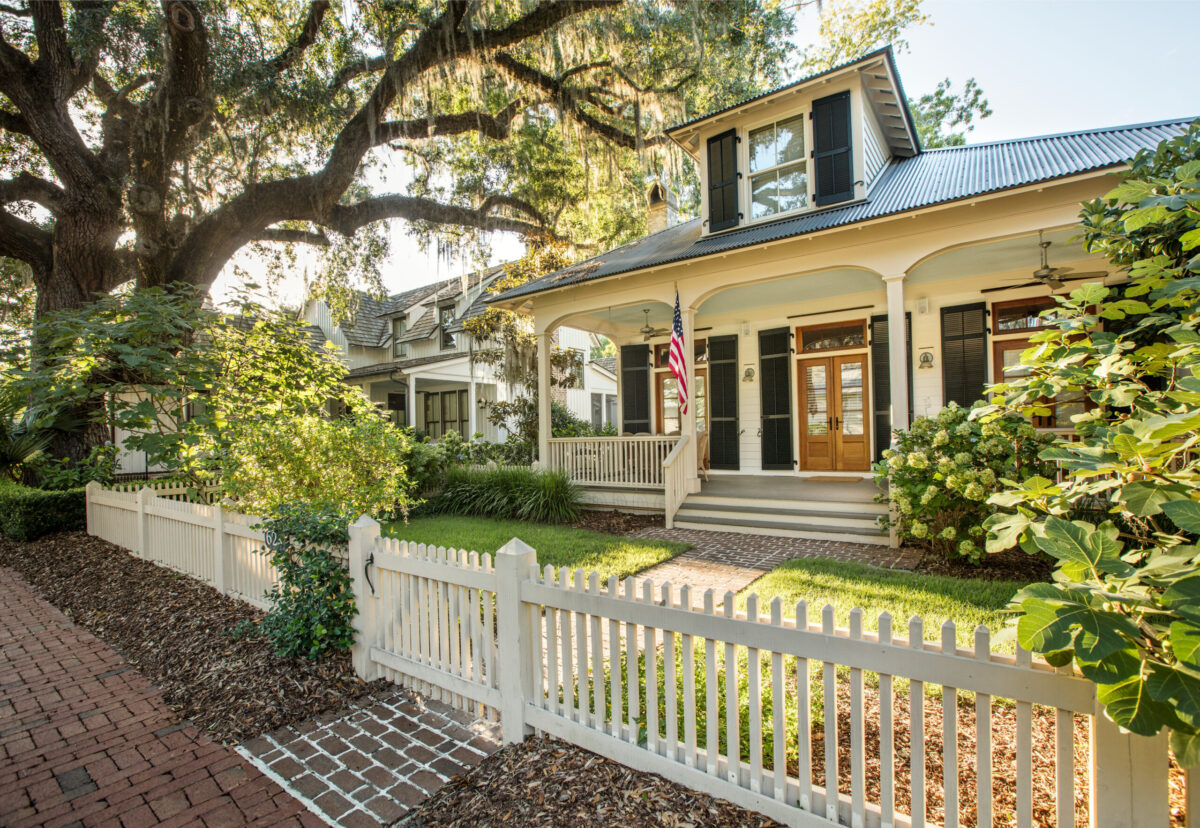
7 Ways To Upkeep Your Palmetto Bluff Home As spring arrives in the Lowcountry, the change in season brings more than blooming marshlands and sun-drenched afternoons; it’s also a perfect time to refresh and care for your Palmetto Bluff home. Coastal living mea...

When the land speaks, you listen. And at Palmetto Bluff, it spoke to two of golf’s most legendary course designers—Bill Coore and Ben Crenshaw. We invite you to watch our newest video, shot this past winter and featuring Bill and Ben, along with South Street P...

5 Renovations to Increase the Value of Your Lowcountry Home Whether Palmetto Bluff is your full-time residence or a cherished retreat, deciding to sell is never a quick or casual choice. However, when the time does come, you want your home to be as market-rea...
Learn about the Palmetto Bluff Conservancy and how we keep the vision of our land in place.
On land or water, there is an ever-evolving variety of activities.
We do not attempt to independently verify the currency, completeness, accuracy or authenticity of the data contained herein. All area measurements and calculations are approximate and should be independently verified. Data may be subject to transcription and transmission errors. Accordingly, the data is provided on an “as is” “as available” basis only and may not reflect all real estate activity in the market”. © [2023] REsides, Inc. All rights reserved. Certain information contained herein is derived from information, which is the licensed property of, and copyrighted by, REsides, Inc.